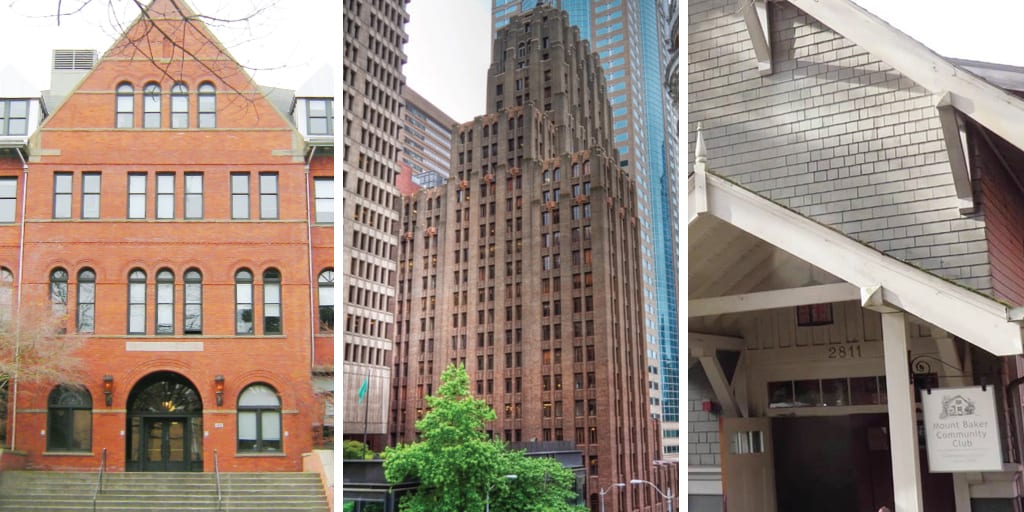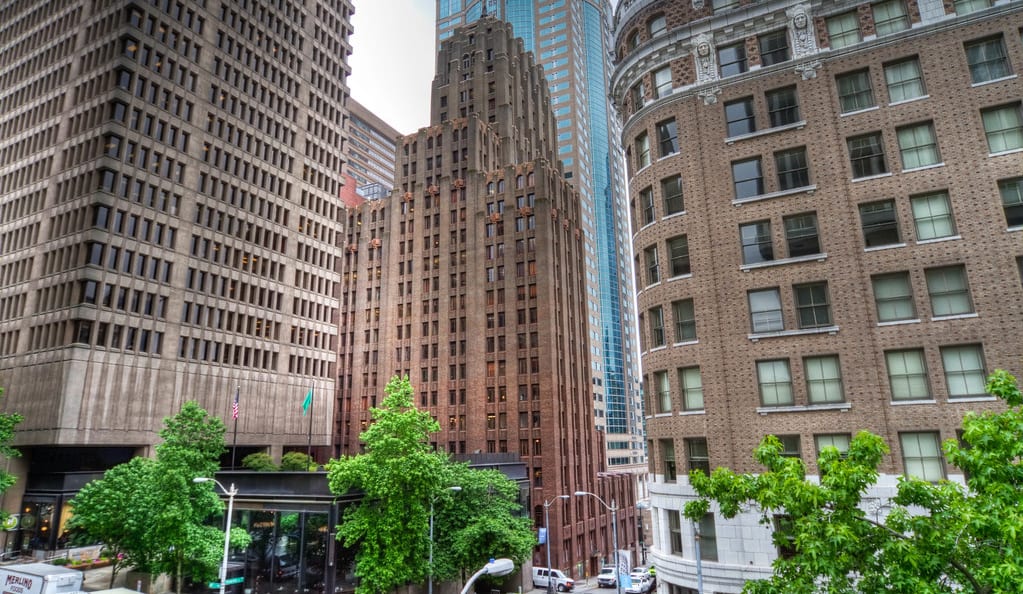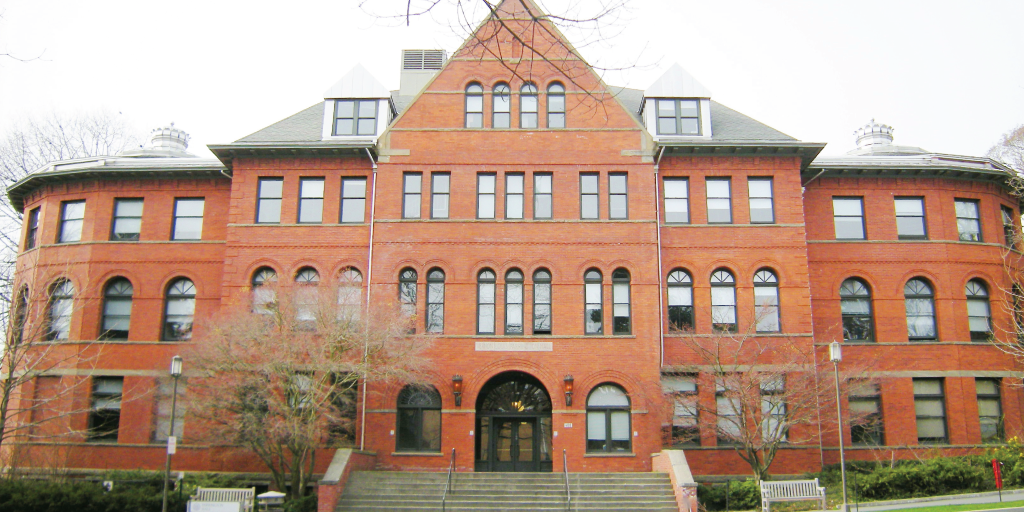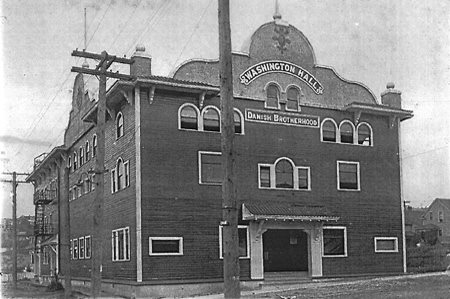
Seattle City Council approved the landmark designation ordinances for three Seattle landmarks: Seattle Tower (1218 Third Avenue) in Downtown Seattle, University of Washington Parrington Hall (4105 Memorial Drive NE), and Mt. Baker Community Club Clubhouse (2311 Mount Rainier Dr S). These buildings join the more than 400 landmarks in the city that contribute to the cultural and architectural heritage of Seattle’s neighborhoods.
The City’s Landmarks Preservation Board approved the nominations, designations, and controls and incentives for these landmarks, and Seattle Department of Neighborhoods staff provided the draft ordinances to Seattle City Council. The final step in the process was approval by Seattle City Council.
As designated City landmarks, all three buildings are not only recognized for their historic and cultural significance, but they are also eligible for economic incentives and technical assistance that can help contribute to the continued preservation of the landmarks.
More about the Landmarks
Seattle Tower

Designation: June 15, 1977
Standards: D and E
Controlled features: the exterior of the building and the Third Avenue Lobby
Date Built: 1928
Architect: A.H. Albertson in collaboration with architects Joseph Wade Wilson and Paul David Richardson
The Seattle Tower features multi-colored brick (requiring a daily delivery of brick) that gradually lightens in color from the bottom to the top of the building. It has been described that the piers featured on the building, finished with light terra-cotta, resemble snow-capped rocky peaks and that stylized metal rods resembling evergreen trees crown the building.
For many decades, the Seattle Tower was the tallest tower in the city skyline, and although that is no longer the case, it is still one of the most prominent Art Deco style buildings in Seattle.
University of Washington Parrington Hall

Designation: September 5, 2018
Standards: C, D, E & F
Controlled features: a portion of the site, the building exterior, and a portion of the interior
Date Built: 1902
Architect: Josenhans & Allan
The building was originally known as Science Hall and was constructed as part of the University of Washington Campus Oval Plan that originated in 1898. Science Hall was UW’s fifth major building and continued to serve the Engineering and Science programs for 30 years. It went on to house the English Department and was later renamed after Dr. Vernon Louis Parrington, a preeminent English Professor and Pulitzer Prize Winner. In the late 1980s, it became home to the Graduate School of Public Affairs and continues today as the Evans School of Public Policy and Governance.
The building is the work of local architects Josenhans and Allan. During their 15-year partnership they designed nearly 100 buildings in the region, including numerous educational, commercial and ecclesiastical buildings, and many prominent single-family residences.
In 1908 in preparation for the Alaska Yukon Pacific Exposition, the building was painted white to be more consistent with the character of the new World’s Fair buildings and remained this way for nearly 90 years. Many former students will remember this building looking pale pink, as the red brick bled through the fading white paint. In the mid-1990s, the university stripped off the paint and restored the masonry.
Mt. Baker Community Club Clubhouse

Designation: October 17, 2018
Standards: C and D
Controlled features: the site and the building exterior
Date Built: 1914
Architect: Charles C. Dose
This organization began in 1908 as the Mount Baker Improvement Club, working to support new municipal improvement projects for their neighborhood like street paving, garbage service, sewer system, etc. They took on larger lobbying efforts in support of better trolley access and in opposition to a planned racetrack. The Clubhouse was built in 1914 and has been a gathering place for community events, speakers, political rallies, and weddings for over 100 years.
The Mount Baker Club was associated with the Hunter Tract Improvement Company that platted and developed the surrounding residential neighborhood. Like most of Seattle, these properties had restrictive covenants. The neighborhood and club were primarily segregated until the early 1960s when a group of younger residents challenged these attitudes. In 1967 the Club adopted new bylaws and a mission of inclusion. From that point forward there was a steady increase in diverse membership and leadership and a change to allow community members to join without owning property. The eclectic building exhibits Craftsman influence and was designed by local speculative building Charles C. Dose. Mr. Dose and his father built several private residences in the surrounding neighborhoods, including an area they named Dose Terrace.
The Seattle Department of Neighborhoods Historic Preservation Program is responsible for the designation and protection of more than 400 historic structures, sites, objects, and vessels, along with eight historic districts. For information on the landmark designation process and to view other landmarks, visit seattle.gov/neighborhoods/preservation.


